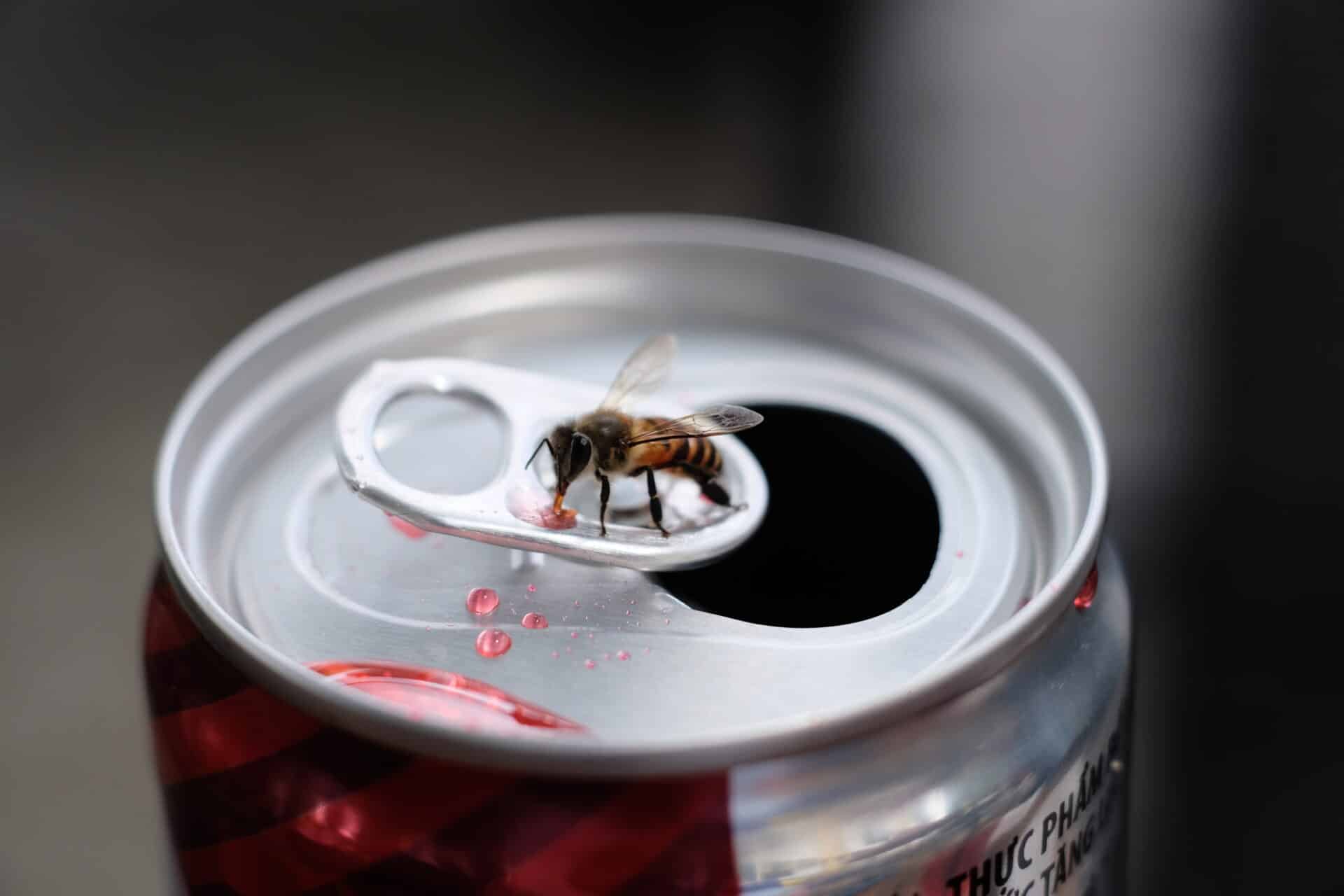Distilling rainwater is a process that can be used to purify water and make it safe for drinking. The process involves boiling the water, trapping the steam, and then condensing it back into liquid form. This method can be used to remove impurities such as bacteria and minerals, making the water clean and safe to drink. In this article, we will discuss the process of distilling rainwater, its benefits, and safety precautions that need to be taken when doing so.Yes, rainwater can be distilled. Distillation is a process that separates substances based on their boiling points. In the case of rainwater, distillation involves boiling the water and then collecting the steam that is produced. This steam is then condensed back into liquid form, leaving behind any impurities or contaminants that were initially present in the water.
How to Distill Rainwater
Distilling rainwater is a great way to get clean water for any purpose. It is an easy process that requires minimal materials and equipment, making it an ideal option for people who don’t have access to traditional water sources. The process of distilling rainwater involves collecting the rain, heating it up, and then condensing it into clean, drinkable water. Here’s a step-by-step guide on how to do it:
Step 1: Collecting the Rain – Start by finding a suitable container to collect the rain. This can be anything from a bucket or barrel to a large tarp or plastic sheet. Place the container in an area where it will be exposed to rainfall and make sure that it is covered so that no debris or other contaminants enter.
Step 2: Heating Up the Water – Once you’ve collected enough rainwater, you will need to heat it up in order to begin the distillation process. You can either use a stovetop or a hot plate for this purpose. Put the container of collected water on top of the heat source
Benefits of Distilling Rainwater
Distilling rainwater is a great way to obtain clean, pure drinking water. It is a safe and effective method of removing contaminants from water. The process of distillation involves boiling the water and then condensing it back into liquid form, leaving behind any contaminants or impurities in the process. Distilled rainwater has many benefits, including being free of harmful chemicals, having high mineral content, and being safe for consumption.
One of the main benefits of distilling rainwater is that it removes potentially harmful chemicals from the water supply. These chemicals can include pesticides, herbicides, fertilizers, and other pollutants that can make drinking water unsafe for consumption. By distilling the rainwater, these contaminants are left behind and not present in the final product. This makes distilled rainwater much safer to drink than other sources of water.
Another benefit of distilling rainwater is that it has a high mineral content. This means that it has more beneficial minerals than regular tap water or other sources of drinking water. These minerals can help to improve health by providing essential nutrients and minerals needed for good health. The
Is Distilled Rainwater Clean?
Distilled rainwater is a type of water that has been purified through a process called distillation. This type of water has been treated to remove any impurities, such as bacteria and other contaminants, so it is considered to be cleaner than regular tap water. Distilled rainwater is also often referred to as “purified” or “demineralized” water. While distilled rainwater may be cleaner than regular tap water, it is still not necessarily safe to drink on its own.
The distillation process removes impurities, but it cannot remove all contaminants such as heavy metals, pharmaceuticals, and agricultural chemicals, which are often found in our environment and can end up in our water supplies. Additionally, the distillation process does not remove all bacteria from the water either. Therefore, drinking distilled rainwater without any additional treatment could still pose some health risks if not treated properly.
In order to make distilled rainwater safe for drinking, it should be treated with a disinfectant such as chlorine or ultraviolet light before consumption. This will help ensure that any remaining bacteria or other contaminants are killed off
What Are the Risks of Consuming Distilled Rainwater?
Distilled rainwater is a form of purified water that is collected from rain and then distilled to remove impurities. While distilled rainwater can be an effective way to obtain clean drinking water, there are some potential health risks associated with consuming it.
The main potential risk of consuming distilled rainwater is the lack of essential minerals and electrolytes. During the distillation process, many of the beneficial minerals and electrolytes are removed from the water. This can lead to an electrolyte imbalance in those who consume it regularly, which can cause dehydration, fatigue, and other health issues.
Another potential risk of consuming distilled rainwater is that it may contain trace amounts of contaminants from polluted air or substances that were present during collection. The distillation process does not completely remove all contaminants, so there is still a chance that some will remain in the water. These contaminants could potentially cause adverse health effects if ingested on a regular basis.
Finally, there is also a risk that bacteria or other microorganisms may be present in distilled rainwater due to contamination during collection or storage. To reduce this risk,

What Is Necessary to Distill Rainwater?
Distilling rainwater is an easy process that requires relatively little in terms of equipment and supplies. To distill rainwater, you need a heat source, a container, and a condenser. The heat source can be something as simple as a camp stove or an electric burner. The container is used to hold the water that is to be distilled and the condenser serves to cool the water vapor so that it condenses back into liquid form.
Once you have gathered all of your supplies, you need to set up your distillation apparatus. You will need to place the heat source underneath the container so that it can heat up the water inside. You should also attach a tube from the bottom of the container to the condenser so that all of the water vapor is cooled and condensed back into liquid form. The condensed water will then be collected in a separate container for use.
To complete the distillation process, you will need to keep an eye on your heat source and make sure it does not become too hot or too cold. Too much heat can cause some
Equipment Used To Distill Rainwater
Rainwater distillation is a process by which pure water is extracted from contaminated sources, such as rivers, streams, lakes and oceans. This process requires specialized equipment to separate the water from the contaminants and to purify it. The type of equipment used to distill rainwater depends on the type of water being distilled and the desired purity level.
The most common type of distillation equipment used for rainwater collection is a simple solar still. A solar still is an apparatus that captures heat from the sun in order to evaporate contaminated water and collect the resulting pure steam condensate. Solar stills are relatively easy to construct and can be made using readily available materials. They are usually constructed with a shallow basin or container filled with contaminated water, covered with a transparent material such as plastic or glass, which allows sunlight to enter and heat up the contained water. As the sun’s heat evaporates the contaminated water, pure steam condensate collects inside the container and can then be collected for use.
Another popular method of rainwater distillation involves using a reverse osmosis
Cost of Distilling Rainwater
Distilling rainwater is an effective way to obtain clean water from the atmosphere, but it often comes with a hefty price tag. The cost of distilling rainwater depends on several factors, such as the type of system used, the amount of water needed, and the local cost of electricity. Generally speaking, distillation systems can range from a few hundred dollars to several thousand. Additionally, running a distillation system can be costly in terms of electricity use and maintenance costs.
The most basic type of distillation system is a solar still, which uses solar energy to evaporate and condense pure water from contaminated sources. Solar stills are relatively inexpensive and easy to build, but they are limited by the amount of sunlight available in a given area. In addition, they require frequent cleaning and maintenance due to the buildup of contaminants in the system over time.
A more efficient option is an industrial-grade reverse osmosis (RO) system. RO systems use high pressure pumps to separate pure water from impurities. These systems are more costly than solar stills but offer higher efficiency and longer lasting filtration capabilities. Additionally, these

Conclusion
While distilling rainwater is technically possible, it is not a practical solution for obtaining clean drinking water. Even if it were possible to collect and distill large amounts of rainwater, the process would be extremely energy intensive and expensive. Furthermore, the distilled water would contain no minerals or other beneficial substances that are found in natural water sources. Therefore, it is better to obtain safe drinking water from other sources such as municipal supplies or natural springs.
In conclusion, distilling rainwater is not a viable method for obtaining clean drinking water. It can be done in theory but the process is too inefficient and costly to be considered a reliable source of potable water. The best option for obtaining safe drinking water is to use sources that are already known to be clean and free from contaminants.

